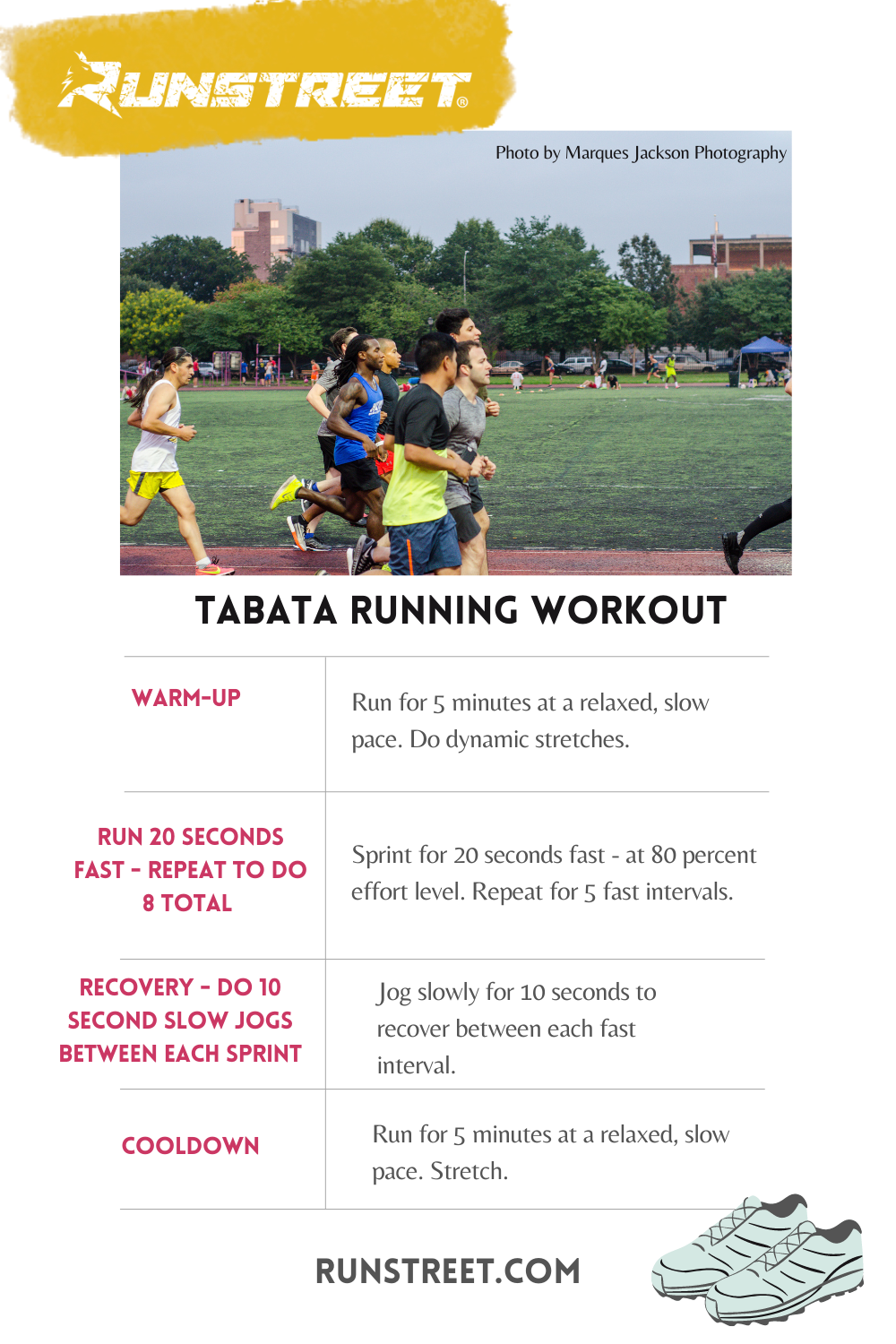Unleash Your Prospective: Running Strategy Fundamentals for Peak Performance
Unleash Your Prospective: Running Strategy Fundamentals for Peak Performance
Blog Article
Handling Usual Running Discomforts: Causes, Solutions, and Prevention
As joggers, we typically come across various discomforts that can hinder our efficiency and satisfaction of this physical activity. By checking out the root factors for these operating discomforts, we can discover targeted solutions and precautionary procedures to make sure a smoother and extra fulfilling running experience.
Typical Running Pain: Shin Splints
Shin splints, an usual running discomfort, usually result from overuse or improper footwear during exercise. This condition, medically called medial tibial anxiety syndrome, manifests as discomfort along the internal side of the shinbone (shin) and is common amongst professional athletes and joggers. The repetitive tension on the shinbone and the tissues affixing the muscle mass to the bone results in swelling and pain. Joggers who rapidly increase the strength or period of their exercises, or those who have flat feet or incorrect running strategies, are especially prone to shin splints.
To stop shin splints, people need to slowly raise the strength of their exercises, put on appropriate footwear with proper arch assistance, and keep versatility and stamina in the muscles bordering the shin. If shin splints do happen, first therapy entails rest, ice, compression, and elevation (RICE) Additionally, including low-impact activities like swimming or biking can aid keep cardio health and fitness while enabling the shins to heal. Consistent or serious cases might need medical assessment and physical treatment for efficient management.
Usual Running Discomfort: IT Band Disorder
In enhancement to shin splints, one more common running pain that athletes frequently experience is IT Band Syndrome, a problem triggered by swelling of the iliotibial band that leaves the outer thigh and knee. IT Band Disorder commonly shows up as pain outside of the knee, especially throughout tasks like running or cycling. The iliotibial band is a thick band of fascia that connects the aware of the shin, and when it comes to be irritated or tight, it can massage versus the thigh bone, leading to pain and discomfort.
Runners experiencing IT Band Disorder might discover a painful or aching feeling on the external knee, which can worsen with ongoing task. Elements such as overuse, muscle mass imbalances, incorrect running kind, or inadequate warm-up can add to the growth of this condition.
Typical Running Discomfort: Plantar Fasciitis

Plantar Fasciitis can be credited to numerous factors such as overtraining, improper footwear, running on hard surfaces, or having high arches or flat feet. To avoid and ease Plantar Fasciitis, joggers can include extending workouts for the calf bones and plantar fascia, use helpful footwear, preserve a great post to read healthy weight to decrease stress on the feet, and slowly enhance running intensity to avoid sudden stress on the plantar fascia. If symptoms persist, it is recommended to consult a healthcare specialist for correct medical diagnosis and treatment choices to deal with the condition properly.
Usual Running Discomfort: Runner's Knee
After dealing with the challenges of Plantar Fasciitis, another widespread problem that runners frequently face is Jogger's Knee, a typical running pain that can prevent sports performance and create pain during exercise. Jogger's Knee, likewise referred to as patellofemoral discomfort syndrome, manifests as discomfort around or behind the kneecap. This condition is frequently connected to overuse, muscle mass discrepancies, improper running methods, or problems with the placement of the kneecap. Runners experiencing this pain may feel a boring, hurting pain while running, increasing or down stairways, or after extended durations of sitting. To avoid Runner's Knee, it is essential to incorporate appropriate warm-up and cool-down regimens, keep strong and well balanced leg muscles, use appropriate footwear, and slowly enhance running strength. If signs and symptoms continue, consulting from a health care specialist or a sports medication professional is suggested to detect the underlying cause and establish a customized treatment strategy to alleviate the discomfort and protect against additional difficulties.
Typical Running Pain: Achilles Tendonitis
Frequently affecting joggers, Achilles Tendonitis is an uncomfortable problem that impacts the Achilles ligament, creating pain and possible limitations in physical activity. The Achilles tendon is a thick band of tissue that connects the calf muscles to the heel bone, important for activities like running, jumping, and walking - go to this site. Achilles Tendonitis commonly creates due to overuse, incorrect footwear, insufficient extending, or abrupt rises in physical activity
Symptoms of Achilles Tendonitis include pain and tightness along the ligament, particularly in the early morning or after durations of lack of exercise, swelling that gets worse with task, and perhaps bone stimulates in persistent cases. To prevent Achilles Tendonitis, it is vital to stretch appropriately previously and after running, use proper shoes with appropriate support, slowly enhance the intensity of exercise, and cross-train to reduce repetitive stress on the tendon. Therapy might entail remainder, ice, compression, elevation (RICE procedure), physical therapy, orthotics, and in severe instances, surgical procedure. Early treatment and appropriate care are important for managing Achilles Tendonitis effectively and preventing lasting difficulties.
Final Thought

Report this page